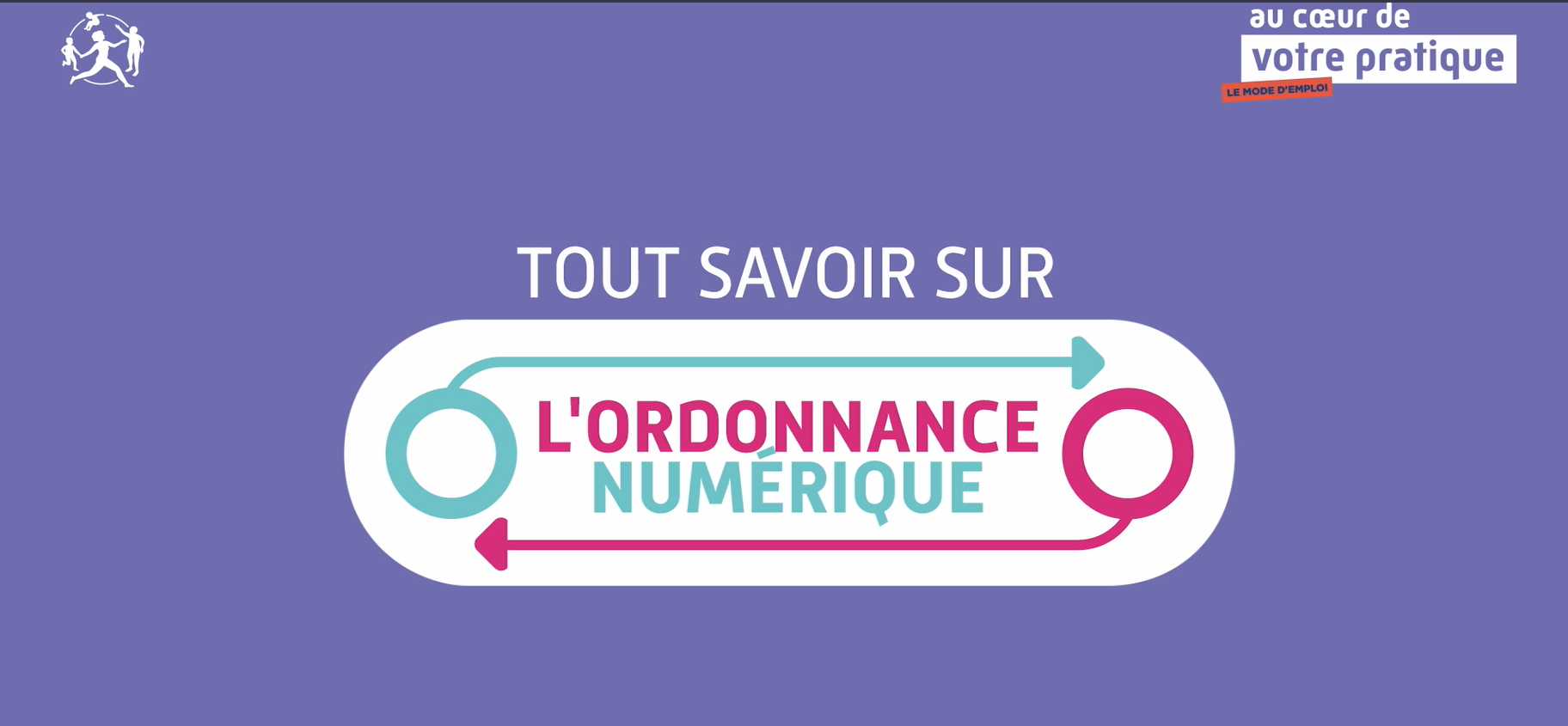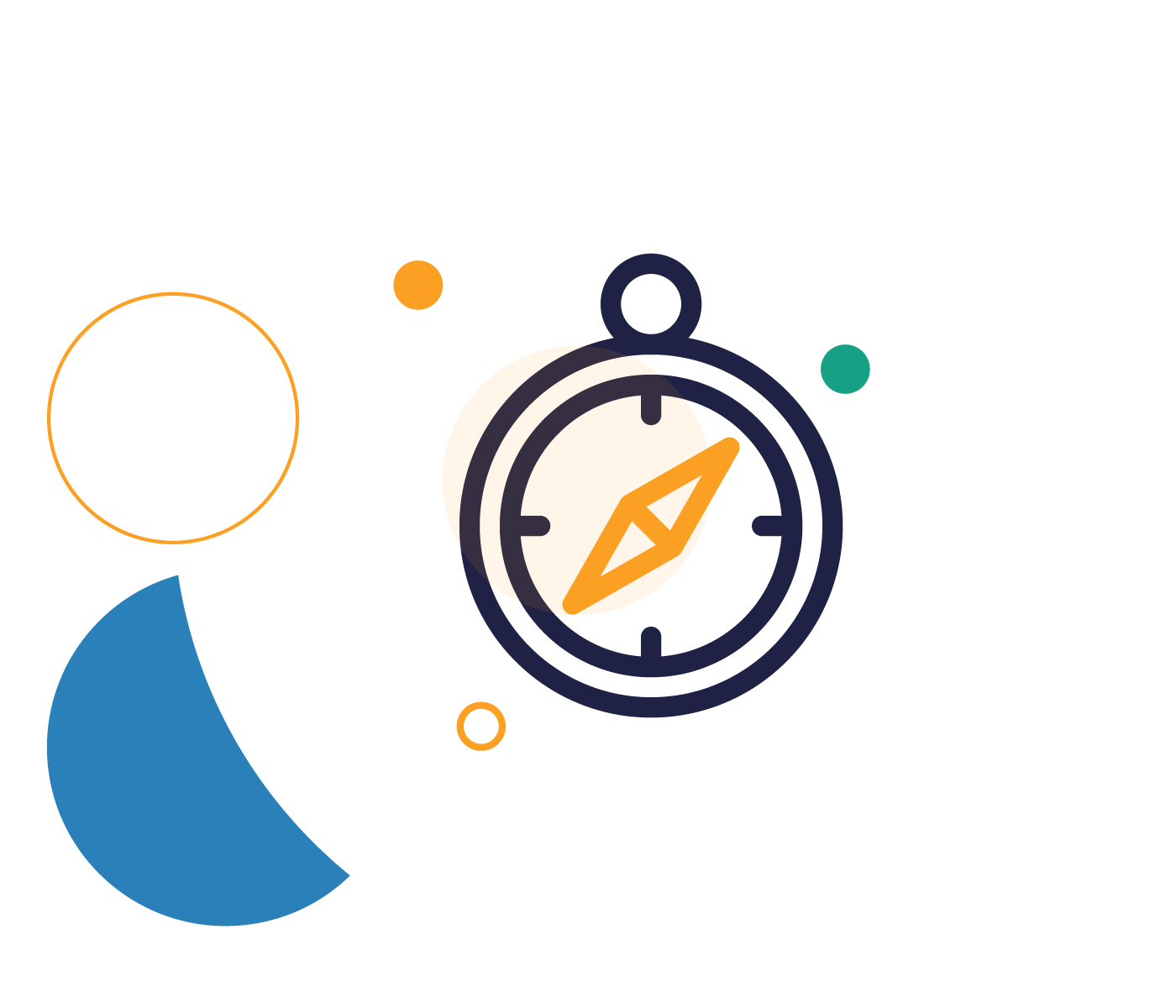Digital prescription
E-prescription, deployed under the name L'Ordonnance numérique, consists in dematerializing the prescription circuit between prescribing and prescribing professionals.
Getting started

The Digital Prescription has been deployed since 2022 for healthcare product prescriptions, with doctors and town pharmacies. The law provides for the scope of the Digital Prescription to be extended to all prescriptions for healthcare products and services before December 31, 2024 (see ordinance no. 2020-1408 of November 18, 2020).
In order to ensure the buy-in of Healthcare Professionals, the Digital Prescription must become part of their business process, which requires work to integrate it into prescribers' and prescribers' software offerings.
This involves several stages:
- The prescriber enters the prescription data, which is sent in structured format and stored in the e-prescription database, hosted and secured by Assurance Maladie.
- Each prescription is associated with a unique prescription number, accessible via a QR code and displayed on the prescription under the QR code.
- This QR code enables the prescribing healthcare professional to consult the prescription data by querying the e-prescription database from his or her software, and then to fill the prescription. The procedures performed or dispensed are also transmitted to Assurance Maladie, alongside the invoice, and stored in the e-prescription database.
With Assurance Maladie in possession of prescription, dispensing or procedure performance data, the prescriber no longer needs to scan the prescription and send it via the SCOR (SCannérisation des ORdonnances) device. Patients can also retrieve their prescription from Mon espace santé, as long as it is automatically fed into the DMP from the prescriber's software.
In practice
GIE SESAM-Vitale is making the "unified e-prescription" specification package available to publishers on its Espace Industriels. Prescribing editors, pharmacists and LPP (liste des produits et prestations remboursables par l'Assurance Maladie) professionals can access it from their Espace Industriels account. Find all the information on the GIE SESAM-Vitale website
When ?
Following on from the PEM 2D (2017 to 2018) and then e-prescription (2018 to 2021) experiments, unified e-prescription, the core service of the Ségur du Numérique, will be rolled out from 2022 to prescribing and prescribing healthcare professionals and the general public under the name of Digital Prescription, starting with doctors and pharmacists.
In parallel, work is continuing with other categories of healthcare professionals.
The rollout will be carried out in stages and in liaison with representatives of the professions concerned, in order to meet the 12/31/2024 deadline set by law.
Discover the digital prescription on video

Compliance
Law on the organization and transformation of the healthcare system
July 24, 2019 - Law on the organization and transformation of the healthcare system
Order no. 2020-1408 of November 18, 2020
Décret n° 2023-1222 du 20 décembre 2023 relatif à la prescription électronique
Unified e-prescription service / Digital prescription integrated into business software
The "unified e-prescription" or "digital prescription" service is offered in integrated mode in prescribers' and prescribers' business software. It is being rolled out in several stages:
- The publication of publishers' specifications for prescriber and prescription software, made available on the GIE Sesam-Vitale industrial space;
- The development of the software-integrated solution by the publishers;
- The signing of an agreement setting out the contractual conditions for deployment of the service and verification of the conformity of their developments by the CNDA (Centre National de Dépôt et d'Agrément);
- Progressive deployment in the field, training and support by publishers for their user clientele.
Preseries of the Digital Ordinance
The rollout of the service is currently conditional on the production of a software pre-series, included in the contractual conditions of the agreement signed by the publisher when it was authorized by the CNDA. These pre-production runs ensure, prior to deployment, that the end-to-end service functions properly and that the e-prescription database is correctly populated.
For any questions relating to the development of Digital Prescription, contact GIE Sesam - Vitale at the following address: relations-industriels@sesam-vital.fr
Frequently asked questions
A FAQ for manufacturers is available on the GIE Sesam-Vitale manufacturers' area. If you do not have access to this area, please consult the access request procedure
.Documentation
Our experts on the subject
Finding your way around technical doctrine
The technical doctrine presents the actions of the ministerial roadmap for the digital shift.




